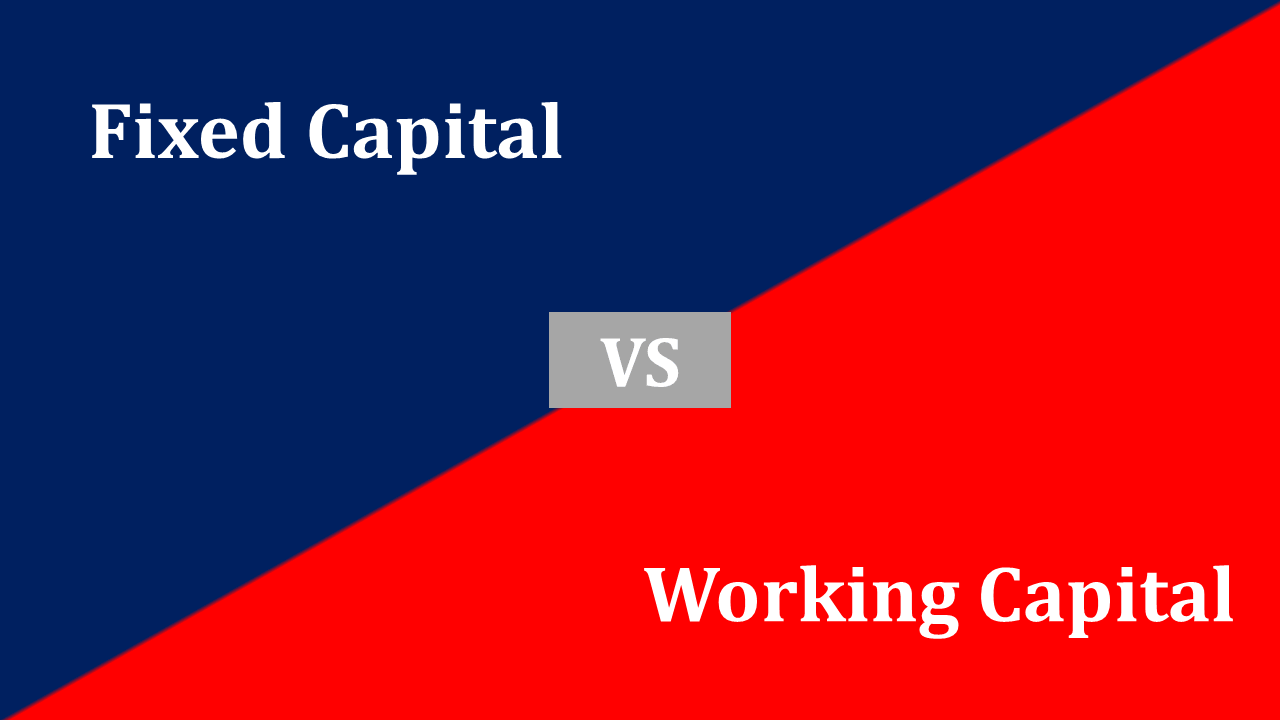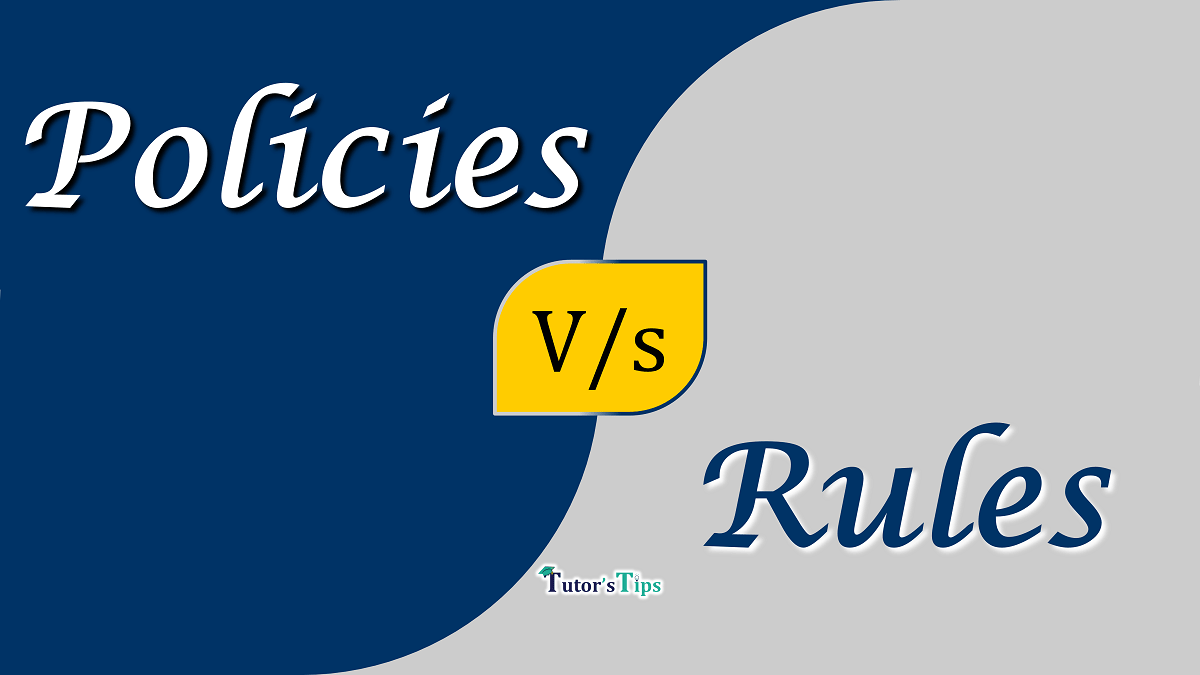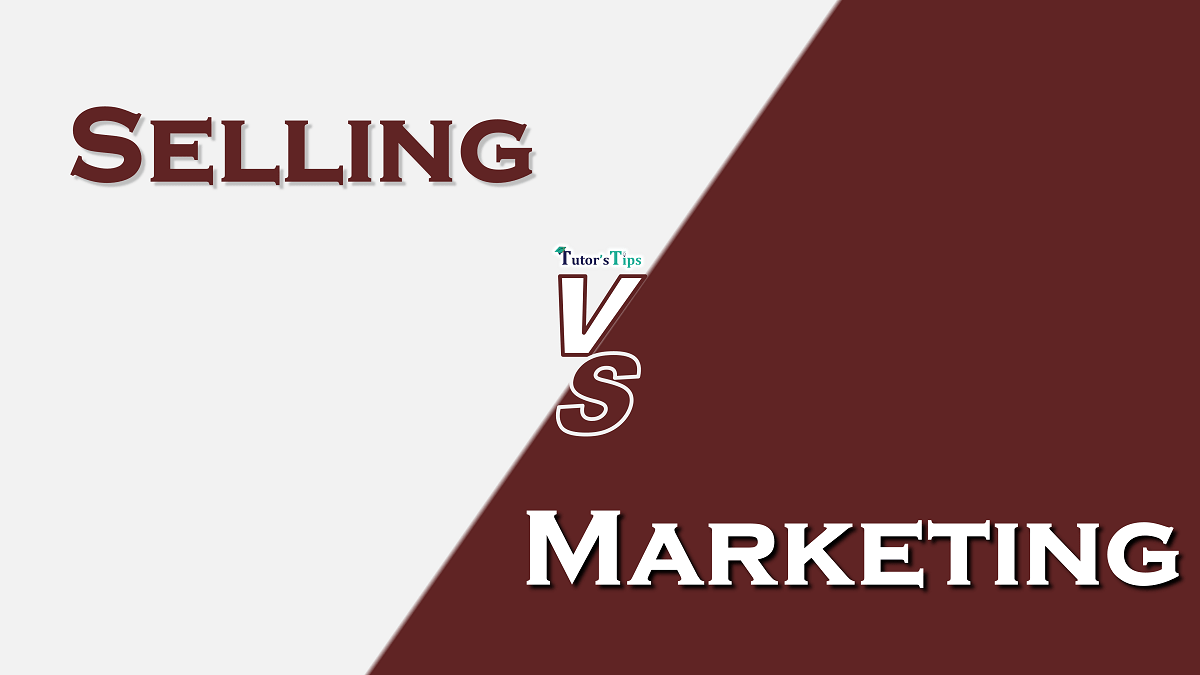The difference between Fixed capital and Working capital represents capital to meet long-term as well as short-term requirements.
Meaning of Fixed Capital:
Fixed capital is the money invested for more than one production cycle (one year). Fixed capital includes long-term assets. Purchasing various fixed assets such as Plant and Machinery, Equipment, Furniture, Vehicles are covered under fixed capital.
Fixed-capital investments are typically depreciated on the company’s accounting statements over a long period of time.
Meaning of Working Capital:
Working capital is a net-working capital that is calculated with the company’s current assets and accounts receivable unpaid bills) and its current liabilities. working capital is required for the day-to-day activities of an organization.
Formula to calculate the W.C.=Current assets\Current liabilities
The working capital is, compared to a company’s current assets to its current liabilities, for instance by using the current ratio.
The Chart of difference between Fixed Capital and Working Capital
|
Points of differences |
Fixed Capital | Working Capital |
| Meaning | Investment is done by the business for long-term benefits. | Daily requirements are fulfilled in the business. |
| Acquiring of Assets | Fixed capital is used to buy non-current assets of the company. | Working capital is used for buying the current assets. |
| Conversion | In fixed capital, cash or kind cannot be converted immediately. | But in working capital cash or kind can be converted immediately as per the requirement. |
| Objectives | Fixed Capital is Strategy-oriented. | Working Capital is Operational. |
| Consumption | It doesn’t directly use by the business. | Business needs working capital to operate. |
| Time period | It helps for a long period of time. | It helps the business operations for a short period. |
Conclusion:
Thus, Fixed capital is the money invested for more than one production cycle (one year). Fixed capital includes long-term assets. On the other side, Working capital is a net working capital that is calculated with the company’s current assets and accounts receivable unpaid bills) and its current liabilities.
Thanks for reading the topic.
Please comment on your feedback whatever you want. If you have any questions, please ask us by commenting.
References: –
Advertisement-X
Also, Check our Tutorial on the following subjects:






